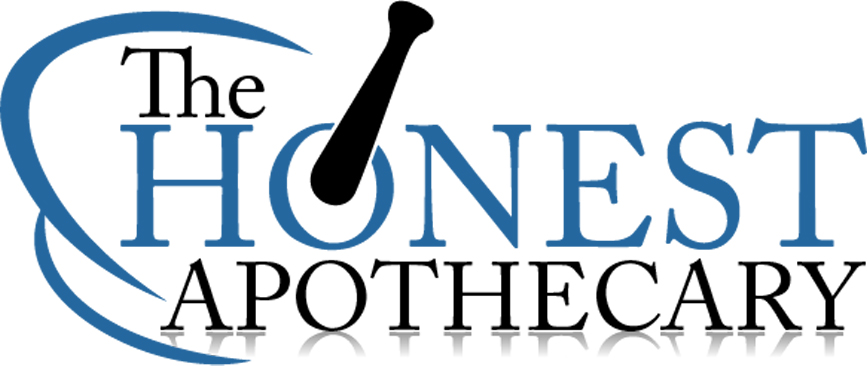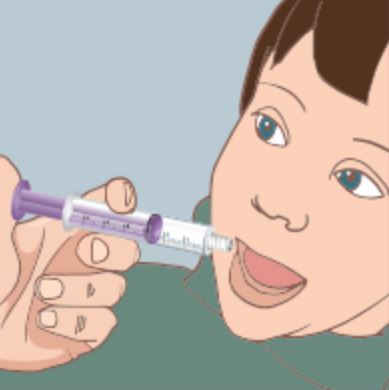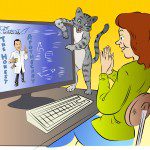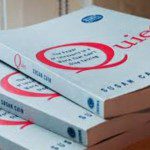I‘m happy to see that the American Academy of Pediatrics has been reading The Honest Apothecary. Good for them. In a journal article published in Pediatrics last month on March 30, 2015, the academy has embraced and recommended a better prescribing approach to writing dosages for liquid medication. Specifically, the exclusive use of metric units as opposed to “teaspoon” or “tablespoon” in their instructions. I wrote about this issue last year in July (How Much is a Teaspoonful of Medicine?).
Although the article begins with a focus on how the order is written – it continues with a recommendation that this approach is carried through in how the directions are written by the pharmacy. They write “Pharmacies, hospitals, and health centers should dispense orally administered liquid medications with metric dosing on the label.”
Retail pharmacists and pharmacy techs are confronted with the need to accurately convey directions to patients on their prescription labels. When it comes to liquid medications, which are often being taken by children, the need for precise language and accurate information is even more critical.
Historically the typical format for directions has been to describe the dose in terms of “teaspoonful” or “tablespoonful.” The accepted conversion is that 1 teaspoonful is 5mL and 1 tablespoonful is 15mL. But such language conveys the idea that the typical household teaspoon or tablespoon can be used for measurement, in spite of the fact that these are notoriously inaccurate.
A better approach, in my opinion, has always been to stick with the metric system and provide a metric dosing cup, syringe or spoon.
Now the academy appears to agree.
To summarize their recommendations with respect to metric dosing they say:
1) Generally keep dosing to the nearest 0.1 mL or 0.5 mL or 1 mL. Avoid dosages, if possible, that require measurement to the “hundredth” of an mL. This recommendation is nice. But not always practical. Apparently no one at the Academy has ever prescribed sodium fluoride drops (0.25 mL is common) or morphine concentrate. But their intentions are good.
2) Only use “mL” to designate a milliliter dose. Do not use “ml or ML or cc.” Fair enough. Our Rx labels are so cluttered with information now (don’t get me started on that one) that the font size is typically so small we should be handing out magnifying glasses with each bottle. At least “mL” should be easier to identify.
3) Use a leading zero for dosages that are less that 1mL. So 1/2 mL should be written as 0.5 mL and NOT .5 mL to avoid the possible confusion with 5 mL (a ten-fold error). Makes sense.
4) Avoid trailing zeros. These should not be used either. 1mL should be “1 mL” and not “1.0 mL” to avoid the same potential confusion with 10 mL.
Thus their recommendation is to entirely eliminate the word “teaspoon” or “tablespoon” from any instructions that reach the patient or caregiver. Personally, I’m on board with that.
So, how many pharmacies will embrace this? Not many, and not soon.
Obstacles will include breaking old habits as well as some very practical problems related to the programming of computer software. We often use shortcuts to enter label instructions, and therefore dosage forms such as “teaspoonful” are often loaded in to automatically populate for some liquid medicine. Switching to mL will almost certainly require a “free format” (manually typing) approach.
©Jason Poquette and The Honest Apothecary. Unauthorized use and/or duplication of this material without express and written permission from this blog’s author and/or owner is strictly prohibited. Excerpts, quotes and links may be used, provided that full and clear credit is given to Jason Poquette and The Honest Apothecary with appropriate and specific links to the original content.
Medicine metric system Prescription dosing teaspoonful
Last modified: April 17, 2023
















